Our Services
What We Cover
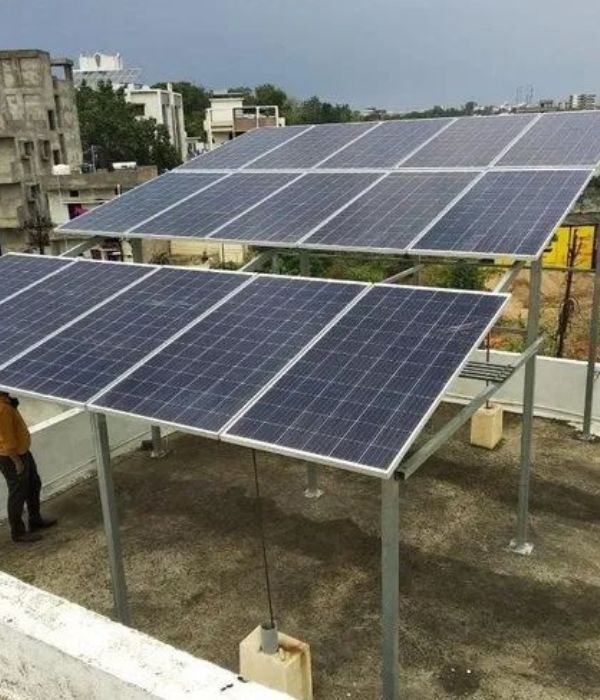
Solar rooftops harness sunlight to generate clean, renewable energy directly from building surfaces.
Read MoreSolar Rooftop
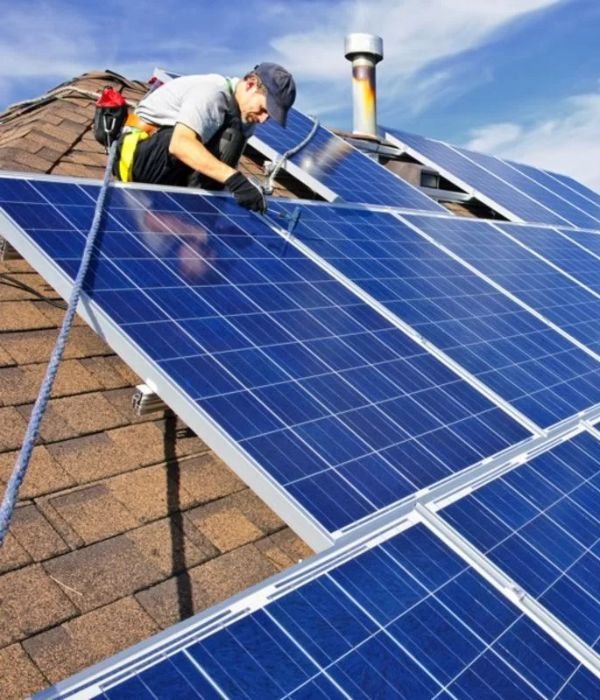
We provide comprehensive Operation & Maintenance (O&M) services to ensure the optimal performance, reliability, and longevity of your systems.
Read MoreO & M Services
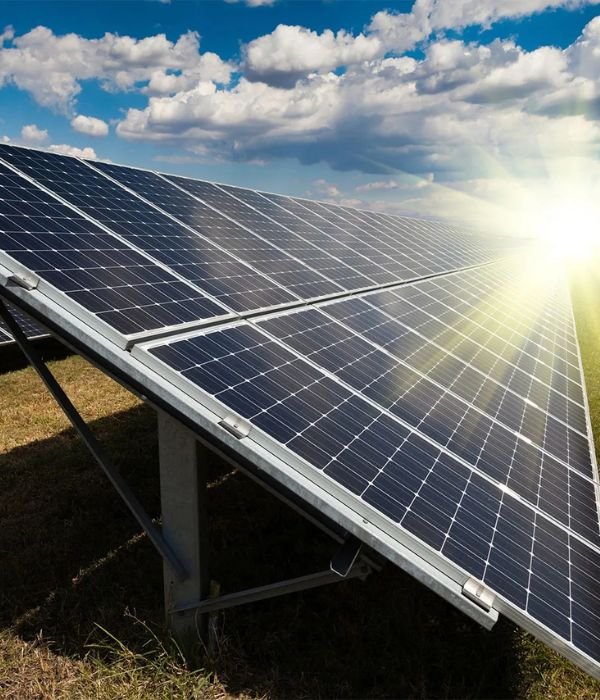
We provide expert energy consultancy services to optimize efficiency, sustainability, and cost-effectiveness for diverse energy solutions.
Read MoreENERGY CONSULTANCY
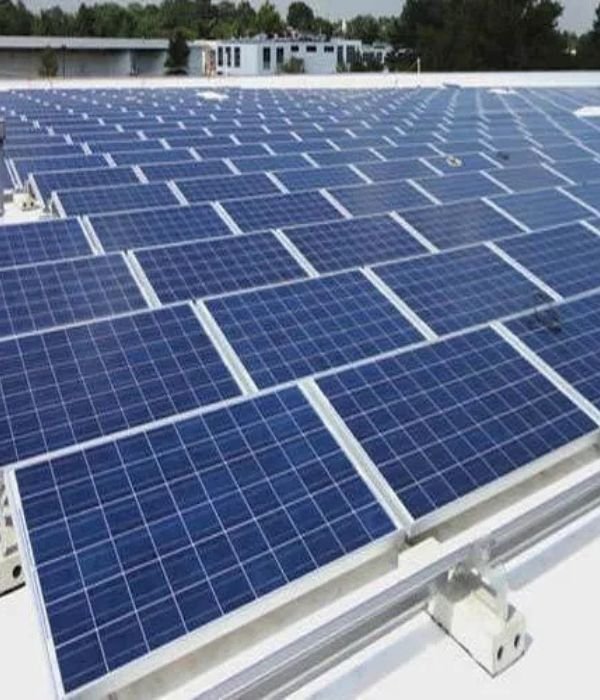
A solar control panel efficiently manages and monitors the performance of photovoltaic systems, ensuring optimal energy output and system reliability.
Read MoreControl Panel
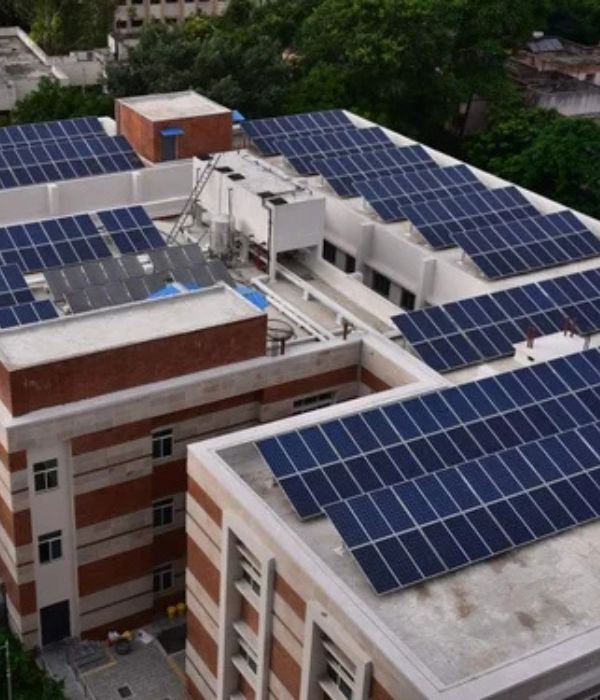
We offer innovative solar solutions tailored for commercial buildings, enhancing energy efficiency and reducing operational costs.
Read MoreCommercial Buildings
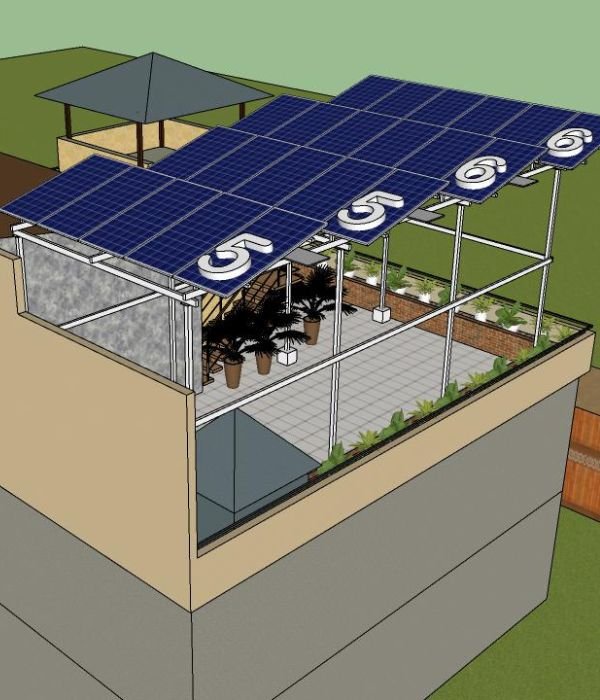
3D Rooftop Visualization optimizes solar panel placement by providing precise, realistic, and efficient design simulations for maximum energy output.
Read More